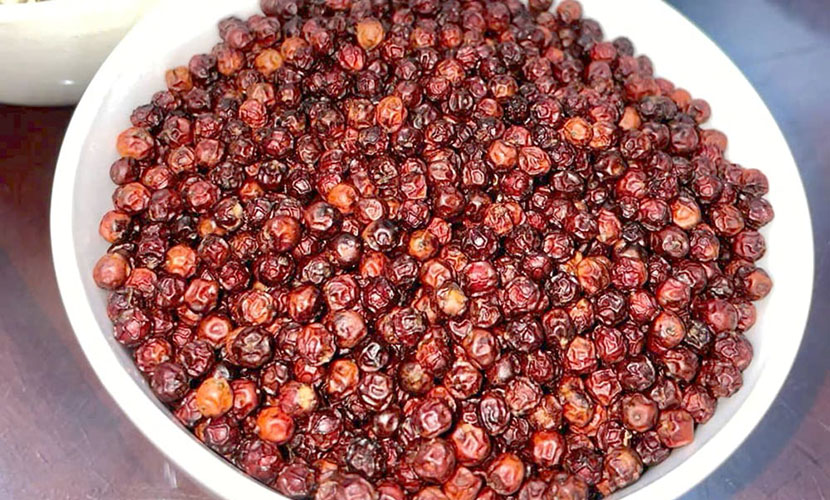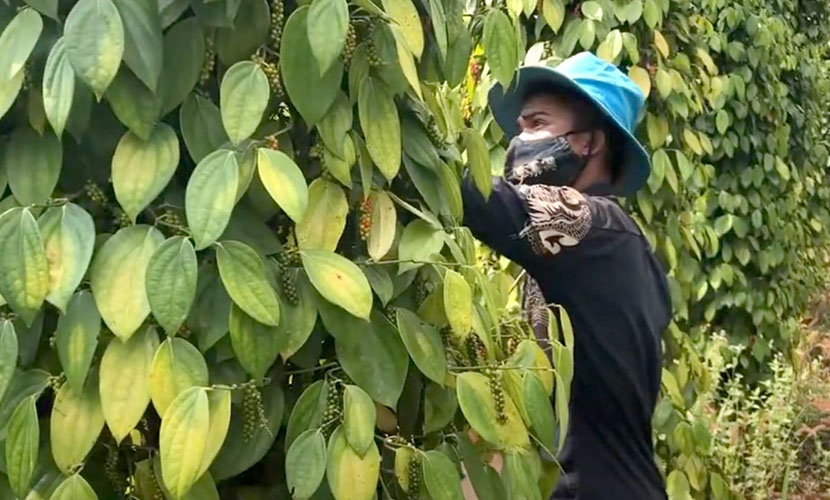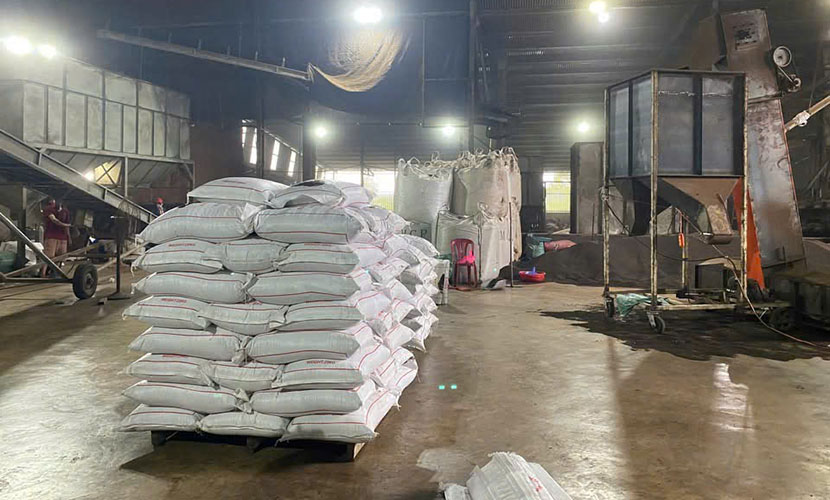
Vietnam has been the largest supplier of pepper for the United States in recent years. However, this year’s early market trends indicate that the United States is increasing its purchases but reducing Vietnamese pepper imports.
In March 2025, the U.S. pepper imports reached 6,741 tons. Accordingly, they went up more than 13% from the previous month and nearly 17% year-over-year. In the first quarter, the U.S. imported 21,586 tons of pepper worth nearly $159 million. This figure showed an increase of 8.7% in volume and 67% in value compared to the same period in 2024.

Vietnamese pepper
Vietnam remains the largest supplier of pepper to the United States market. However, the volume of pepper imported from Vietnam has decreased. Specifically, U.S. imports of Vietnamese pepper in quarter 1 reached 13,000 tons. It went down 13.6% in volume compared to the same period in 2024.
Meanwhile, the United States has increased its pepper imports from Indonesia and India. As a result, Vietnam’s pepper market share in the U.S. (by volume) has dropped significantly from 76% in Q1/2024 to 60% in Q1/2025.
Price is the main factor behind the decline in United States purchases of Vietnamese pepper. In Q1, the import price of Vietnam’s pepper to the U.S. surged by 60% year-over-year, reaching an average of $7,556 per ton. This price is higher than the average import prices from Indonesia ($7,137/ton) and India ($6,825/ton).
While exports to the U.S. are declining, Vietnamese pepper is seeing increased demand from other markets. In April, exports to the U.S. fell by nearly 10% in volume year-over-year. In contrast, exports to other markets surged, including Germany (up 23%), India (up 42%), the UAE (up 30%), South Korea (up 74%), and especially China, which recorded a robust growth of 105%.
According to Mr. Bính, a large pepper farm owner, when the U.S. government announced retaliatory tariffs, it coincided with the end of Vietnam’s pepper harvest season. Typically, after harvest, many farmers sell part of their crop to cover expenses. The tariff news contributed to a significant drop in pepper prices. Although prices rebounded slightly later, they did not meet expectations.
Since the end of May, pepper prices in the Central Highlands have fallen below VND 150,000/kg. Nevertheless, growers remain relatively calm. Without financial pressure, thanks to other income sources, they are actively storing pepper and waiting for better prices before selling.

A pepper farm in Vietnam
Mr. Bính believes that despite retaliatory tariffs, the key factor determining Vietnam’s pepper exports and future prices is still supply and demand. With Vietnam’s pepper output declining and farmers withholding stock, supply-side dynamics are increasingly favorable.
According to the Import-Export Department of the Ministry of Industry and Trade, the global pepper market is facing challenges due to declining output in major producing countries such as Indonesia and India. The primary reasons include climate change, disease outbreaks, and rising input costs.
Mr. Anh, Chief of Office of the Vietnam Pepper and Spice Association (VPSA), stated that so far, Vietnamese pepper exporters remain calm, waiting to see the final level of retaliatory tariffs.
The U.S. does not produce pepper and is entirely dependent on imports, with 60-70% coming from Vietnam. Therefore, shortly after the U.S. announced the retaliatory tariffs, the American Spice Trade Association petitioned President Donald Trump’s administration, expressing concern over unintended negative impacts the new tariffs could have on the spice industry and American consumers.

A pepper packing house in Vietnam
Given these considerations, the final tariff rate on Vietnamese pepper may not be too high, allowing Vietnamese pepper to maintain its presence in the U.S. market. Additionally, Vietnamese businesses can boost exports to other markets to offset the pressure from retaliatory tariffs.
According to Mr. Anh, China is a key market that Vietnam’s pepper industry needs to focus on. China’s annual pepper demand is between 90,000–100,000 tons, while domestic production only meets 20,000–30,000 tons. The remaining 60,000–70,000 tons must be imported. The current challenge for Vietnam’s pepper industry is to organize exports to China more systematically in order to strengthen its position, market share, and competitiveness in this crucial market.
Vietnamese source: https://nongnghiepmoitruong.vn/ho-tieu-van-lam-chu-cuoc-choi-d756356.html
